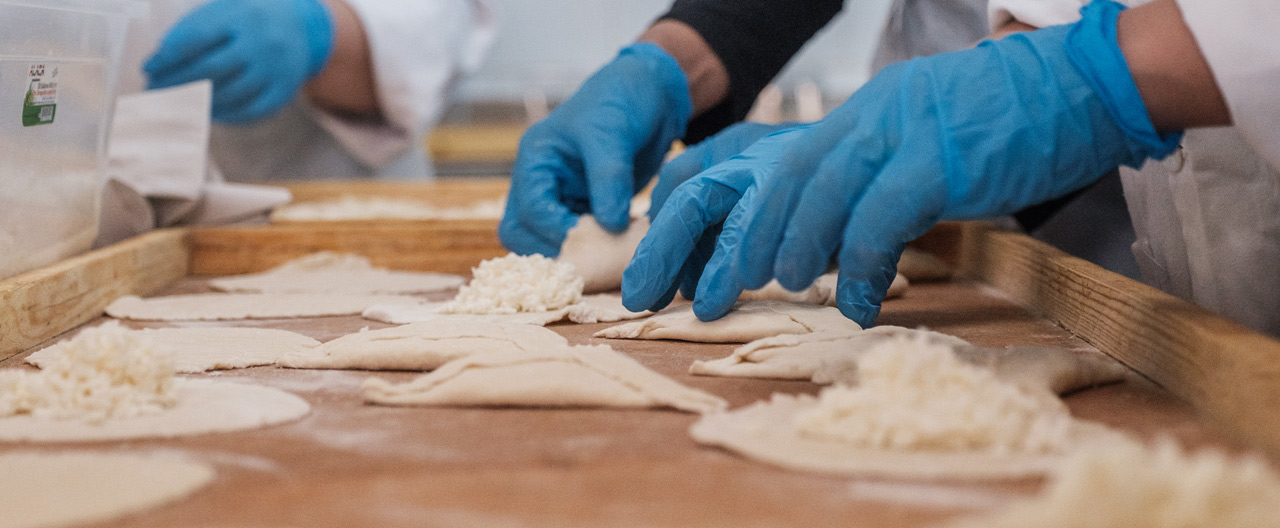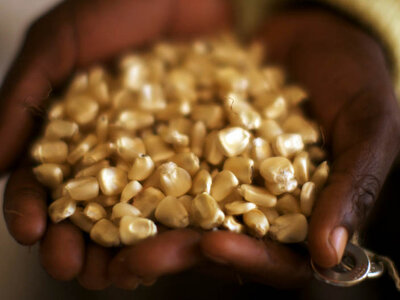Procurement
- US$2.55 billion
- worth of goods and services sourced by WFP in 153 countries in 2024
- 67%
- of food bought in developing countries in 2024
- US$59 million
- worth of food bought by WFP from smallholder farmers in 2024
Far from the traditional image of humanitarian agencies flying in food from far-off lands, the World Food Programme (WFP) sources more than 65 percent of supply chain costs for food, goods and services in locations where we operate.
Whether it is sorghum in Mali and Sudan, maize meal in the Democratic Republic of the Congo, or large transport contracts in Darfur, WFP “buys local”, or at least regional, wherever possible. As the largest purchaser of staple crops in Africa, WFP also increasingly buys from smallholder farmers.
Even in the depth of crisis, we turn to local suppliers, thereby supporting local economies. In Syria, in spite of the conflict, we purchase 100 percent of the salt we need for our operations from national producers, whom we have helped raise quality to meet international procurement standards.
To fulfil our mandate in tackling hunger, WFP bought more than 1.97 million metric tons of food – mainly cereals, pulses and specialized nutritious foods – worth US$1.4 billion in 2024. For our cash-assistance operations, we purchased an annual value of US$1.96 billion in cash-based transfers, which was spent in local retail markets.








